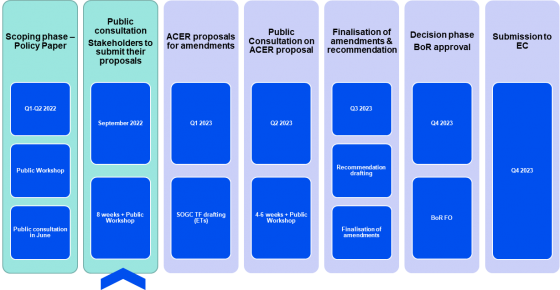ACER Webinar on the new framework guidelines on scenarios for network development planning
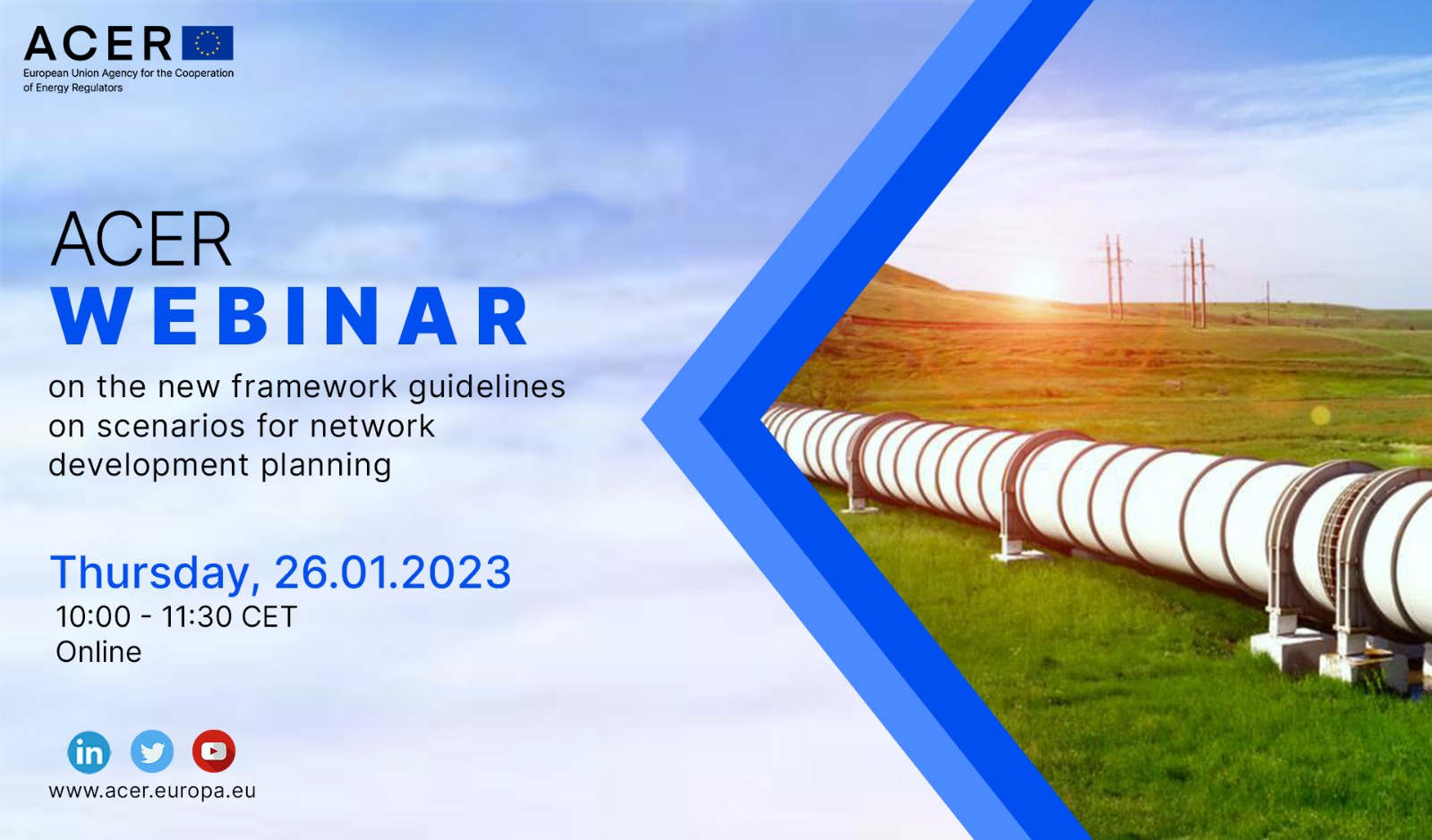

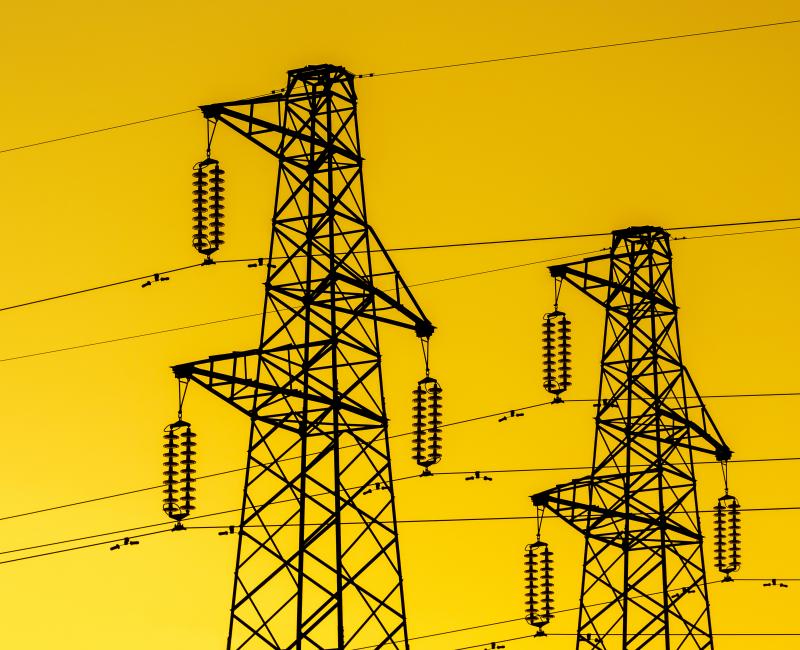
The EU Agency for the Cooperation of Energy Regulators (ACER) has revised and approved the all Transmission System Operators’ (TSOs’) proposal to amend the implementation frameworks for the European balancing platforms for the exchange of balancing energy from automatic and manual frequency restoration reserves (aFRR, mFRR) and for the imbalance netting.
In March 2022, all TSOs proposed an entity to perform the capacity management function for all platforms. This entity shall be a different one from those performing other functions of the respective platforms:
The amendment of the implementation framework of the mFRR platform also includes technical aspects, such as clarifications regarding complex bids and mFRR demand.
What are the benefits?
The implementation frameworks for the European balancing platforms provide the rules for the efficient cross-border exchange of balancing energy from frequency restoration reserves with automatic activation (aFRR) and manual activation (mFRR) and for the imbalance netting. This fosters the liquidity of balancing markets, lowers the cost of balancing energy at European level by using the cheapest resources, and contributes to operational security.
What are the main elements of ACER’s decision?
ACER amended the TSOs’ proposals to further specify the designation of the entities performing the relevant functions of these platforms. In order to ensure the efficient and effective governance, operation and regulatory oversight of these platforms, ACER introduced several changes on:
In particular, ACER suggested:
The decision is in line with the objectives of the Electricity Balancing Regulation.
What are the next steps?
Following ACER’s decision, and within 6 months, all TSOs will designate CEPS as the entity to perform the capacity management function for the European balancing platforms for the aFRR, mFRR and the imbalance netting. All TSOs will implement the capacity management function of all three platforms by July 2024.
Access the Decisions 14-2022, 15-2022, 16-2022 and their annexes here.
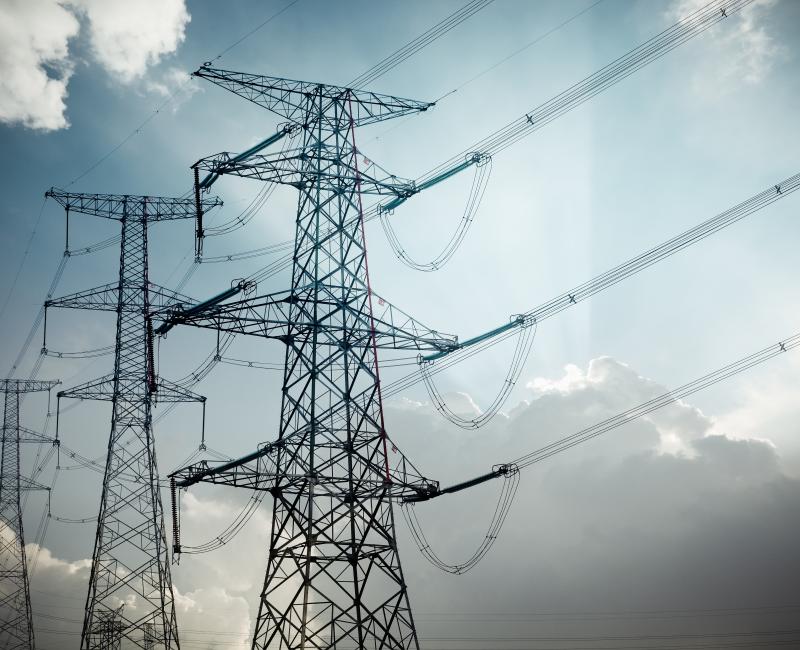
The EU Agency for the Cooperation of Energy Regulators (ACER) has reached a decision on the methodology optimising the inter-TSO settlements related to electricity redispatching and countertrading, in cooperation with all European National Regulatory Authorities (NRAs), ENTSO-E and Transmission System Operators (TSOs).
What is the decision about?
ACER’s decision seeks to ensure the effective and optimal application of inter-TSO cost settlements relevant for all European TSOs. Inter-TSO settlements are an important element of cross-border trading. Optimisation of inter-TSO settlements contributes to reducing costs and improves clarity on the settlement procedure for the benefit of all electricity market stakeholders.
How did ACER contribute?
The proposal for a new methodology was submitted to ACER by ENTSO-E on 1 July 2022, for the 3-months decision-making process.
ACER has carried out assessments and consulted relevant stakeholders to take an informed decision on any needed adjustments related to both the technical part and the financial settlement part of the cost sharing.
On this basis, ACER has amended the initial proposal of the methodology to further improve the clarity and transparency principles of the inter-TSO settlements.
This ACER decision on inter-TSO settlement was reached in cooperation with all energy NRAs, ENTSO-E and the TSOs.
Read more on the ACER’s Decision 13-2022 on the Methodology for the Optimisation of Inter-TSO Settlements related to Redispatching and Countertrading and its Annex here.
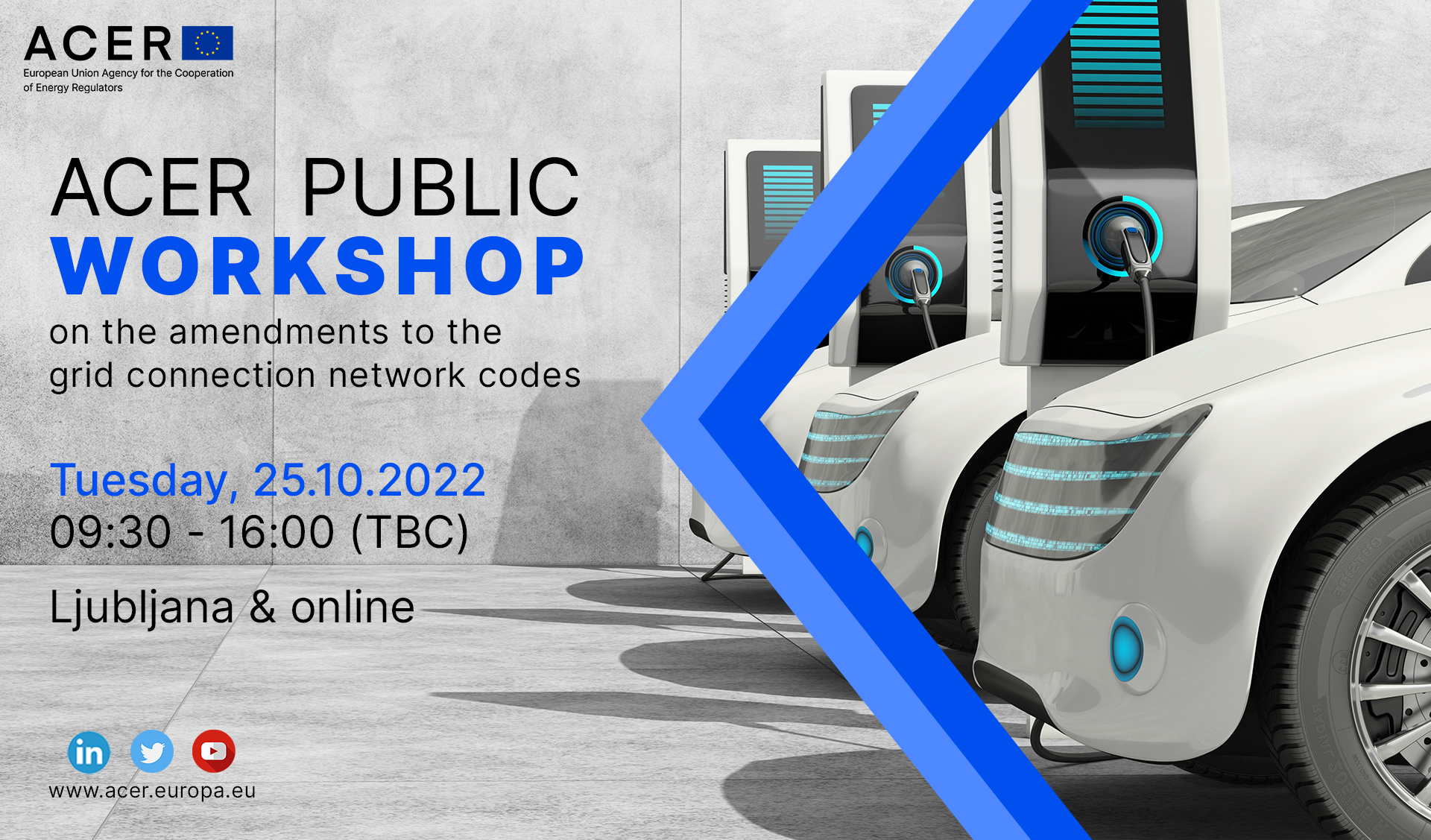

ACER launches today a public consultation inviting stakeholders to submit their proposals for amendments to the Network Code on Requirements for Grid Connection of Generators, and the Network Code on Demand Connection.
The aim is to update the network codes to further support the EU power grid embracing emerging developments such as e-mobility, storage and energy communities.
The European Commission invited ACER to initiate the process to amend the existing EU network codes. ACER published a draft Policy Paper in May 2022 and gathered initial feedback from stakeholders during a public workshop and a public consultation in June 2022 (access the responses of the June 2022 public consultation in the Evaluation of Responses Report).
The public consultation runs from 26 September until 21 November 2022.
ACER sets out in its Policy Paper published today potential ways to improve the Network Code on Requirements for Grid Connection of Generators and the Network Code on Demand Connection.
The ACER Policy Paper on Grid Connection Network Codes reflects ACER’s conclusions on possible amendments to the grid connection network codes following input received from stakeholders during the summer 2022.
The Policy Paper addresses potential amendments to the European network codes concerning:
A public workshop on the amendment to the grid connection network codes will be held on 25 October.
Following this process, ACER plans to submit to the European Commission its proposed amendments to the grid connection network codes by the end of 2023.
